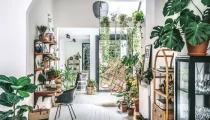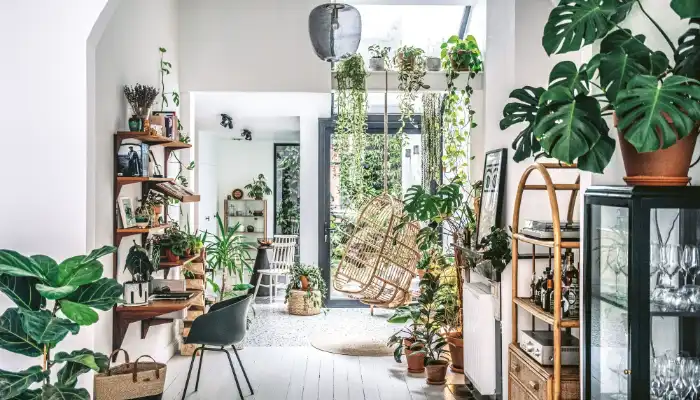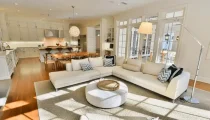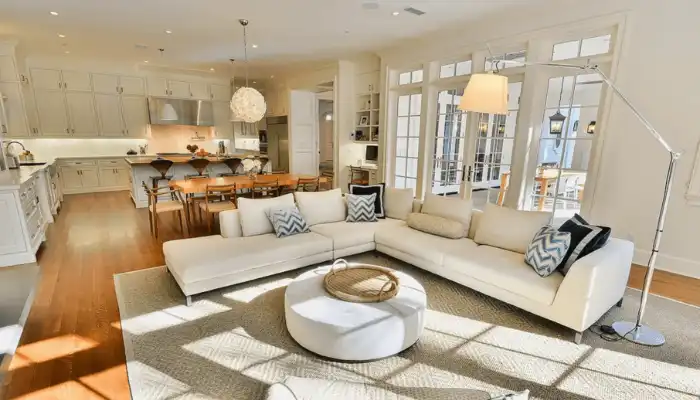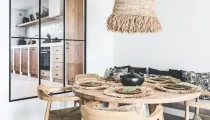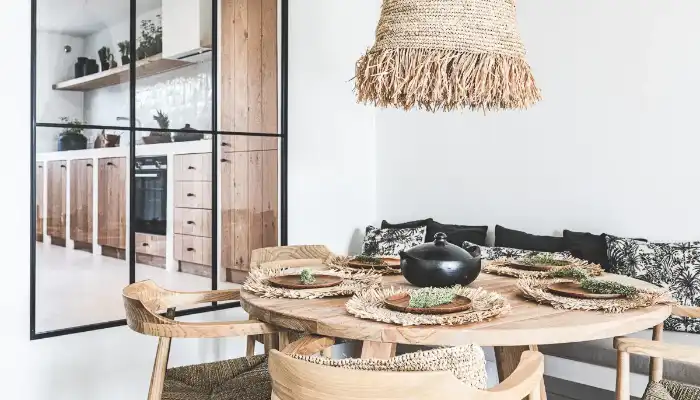One day one may be able to manage lights and temperature and even close the doors while sitting on his/her couch (or miles away) using their mobile phones or even by speaking to them. That is home automation, now a rapidly growing trend changing how we stay in our homes. But does it live up to its hype? Does it make life easier for homeowners or does it complicate things more than necessary? Let us explore the realm of smart houses and discuss their challenges and prospects.
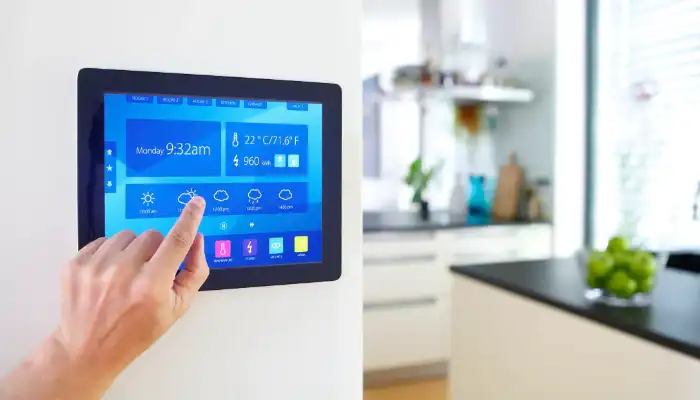
Convenience and Efficiency at Your Fingertips
The main advantage of home automation is convenience. For example, picture yourself as you hurry out the door in the morning with your keys, coffee mug, and briefcase. With a smart home system, just say a word or tap an icon on your phone’s screen to switch off lights, adjust the room temperature for later use as well as lock behind you.
Here are several ways that home automation makes daily routines simpler:
- Centralized Control: You no longer have to look for multiple remotes. Smart house systems let you control many devices – such as bulbs, radiators, TVs, and sometimes even other appliances – via one interface; usually an app within a smartphone or specifically designed device.
- Automated Routines: Make your smart home do certain jobs automatically. At sunset lights can dim slowly, thermostats can change depending on the time of day when someone is at home or not and security cameras could go active when one moves from the premises. This way you forget about routine stuff leaving space for something more important.
- Time-Saving Benefits: Automating such repetitive tasks like lighting adjustments or temperature regulation adds not only ease but saves much time, especially for busy families or people working all day long.
Enhanced Security for Peace of Mind
Security always comes first in every household. Home automation can improve your existing security measures with additional features beyond traditional locks and alarms:
- Smart Security Systems: Combine smart cameras, motion sensors, and locks into a uniform system. In case of any unusual event in your house, be alerted immediately on your mobile.
- Remote Access and Control: Watch real time video feeds from your security cameras at any time of day or night regardless of where you are in the world. It is possible to grant limited access through a phone to trusted individuals like cleaners or dog sitters.
- Peace of Mind: Whether it is a holiday trip or working hours, homeowners take pride in knowing their homes have comprehensive smart security systems.
Saving Money and Energy for a Sustainable Future
Homeowners are now increasingly concerned with sustainability and energy efficiency. Home automation systems can play an important role in cutting down energy consumption as well as reducing utility bills:
- Smart Thermostats: The basis of home automation includes programmable thermostats that enable you to adjust the temperature according to your schedule and preferences so as not to heat/cool an empty house anymore.
- Energy Management Systems: Control the entire energy use of your home with one single smart energy management system. Monitor real-time energy usage and identify areas for adjustment such as switching off unused appliances put on standby mode.
Long-Term Savings: Although the initial investment in a home automation system may appear hefty, the savings on energy bills that one could enjoy over time can be quite enormous.
Tailoring Your Smart Home to Your Lifestyle
The most wonderful aspect of home automation is its ability to adjust to suit your specific needs and preferences. Below are some of the ways you can personalize your smart home experience:
- Customization: Most home automation systems are modular, meaning that you can choose the devices and features that suit your kind of lifestyle best. Get started with a few basic components and add more as time goes by.
- Voice Assistants: By linking up your smart home system with voice assistants like Google Assistant or Amazon Alexa, you achieve true hands-free control. Dim the lights, alter the temperature, or even play music using simple voice commands.
- Flexible Settings: Life is not constant for anyone, so it must be for a smart home as well. Adapt automated routines and settings according to changing schedules or seasonal variations.
Reliability and Maintenance: Keeping Your Smart Home Running Smoothly
While this sounds idealistic – having a self-regulating house–it is important to consider how reliable these systems are after all. Here are some key factors:
- System Stability: Like all technologies, there can be hitches/faults with a home automation system. Before buying one therefore check out what different brands offer by way of reputation and warranty.
- Regular Maintenance: Just like your car requires regular maintenance, so does your smart home system to serve you best. It might include firmware updates, security checks, and occasional device reboots.
- Tech Dependence: With a touch of technology in it comes a certain amount of tech dependence in our homes. Think about when there’s no internet connection at your home for instance or maybe a power outage. Will you still be able to get into the house and control the necessary services?
Remember: A well-maintained and reliable home automation system can dramatically improve your life, but knowing its limits is important when setting realistic expectations.
Accessibility for All: How Smart Homes Empower Everyone
Home automation is not just about convenience; it can also enable people with disabilities or restricted mobility to overcome barriers in ways that have never been possible before.
- Enhanced Independence: Just imagine being able to control lights, thermostats, and even appliances by using simple voice commands or through a smartphone app! It is this kind of automation that allows persons with physical impairment to maintain greater independence in their homes.
- Improved Safety: Some of the features like automatic leak detection and remote door locking, which were fitted in smart homes are aimed at giving vulnerable people peace of mind and protection from insecurity.
- Challenges and Solutions: However, some problems need to be addressed if we want home automation to become inclusive. Optimization of voice recognition technology for different speech patterns should be done while maintaining the availability of physical interfaces for those who require them.
Ultimately, smart homes must embrace inclusive design to fully empower everyone.
The Human Touch: Balancing Automation with Our Lives
However, there is an aspect of our houses which can never be completely replaced by automated systems. Here are tips on how one can strike a balance:
- Automation, Not Isolation: The objective should not be creating an environment where certain duties are performed by machines while humans do not interact since some tasks may take more time than others if they were executed by the robots alone. Create spaces that foster human interaction and reduce dependence on technology.
- Maintaining Control: A good home automation system should empower you, not control you. Ensure that you can override automated functions when necessary and also customize settings according to personal preferences.
- Importance of Educating the Users: Don’t let your intelligent home become a complex web of technology. Rather, make investments in user-friendly interfaces and consider clear user education, to allow every individual in your household have the capability of effectively using it.
Recall: Technology is meant to complement our lives, but not run them. To create a smart home that truly improves your well-being, strike the right automation and human interaction balance.
Conclusion
Home automation promises convenience, safety, and accessibility. Nonetheless, these systems need to be made dependable, inclusive, and customer-centric through careful consideration. However, as smart home technology advances, it must also seek to make better use of its potential for improving our living conditions while preserving the human connection that makes a house genuinely comfortable and rewarding.


